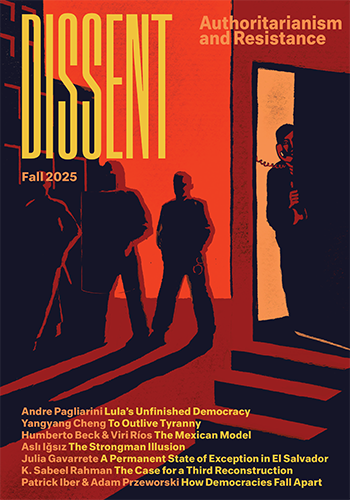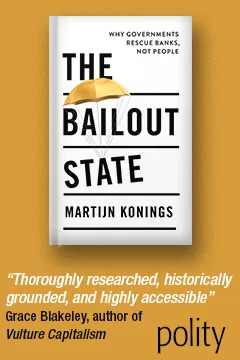School Reform, Community Development, and the Maldistribution of Wealth
School Reform, Community Development, and the Maldistribution of Wealth
Mark Naison: School Reform, Community Development, and the Maldistribution of Wealth
Reading Sara Mosle?s review of Steven Brill?s new book on school reform in the New York Times Book Review reminded me of the incredible expenditures of time, money, and political capital this movement has engendered. I can think of no cause in recent American history that has brought together philanthropy, government, and the media, along with a bipartisan coalition, in behalf of an imperative to transform an important sector of American society. Using rhetoric that enlists egalitarian ideals (?No Child Left Behind?) alongside the goal of improving the nation?s place in global capitalist competition (?Race to the Top?), this movement has proven well nigh irresistible as a way of shaping the formation of educational policy at the local, state, and national levels.
Unfortunately, in terms of both egalitarianism and competitiveness, this movement has failed miserably. Not only has the nation become far more unequal according to every important statistical indicator (wealth distribution, youth poverty, minority unemployment, black-white wealth gap) since No Child Left Behind was passed, but we have seen no change in the nation?s position in the global hierarchy of standardized test performance.
Why has a movement that has inspired such elevated rhetoric (“Education reform is the civil rights issue of the twenty-first century”), such bipartisan political support, and such huge expenditures of money achieved so little? Perhaps the most obvious answer is a simple one: there is no evidence schools alone, no matter how well-funded they are, can lift people out of poverty when every other social policy drives them down.
But that answer doesn?t mean we should completely give up on transforming schools. Schools and school reform can serve as instruments of community development if the resources put into them are deployed in ways that strengthen local economies immediately, not just in some distant future when the beneficiaries of school reform graduate from college and launch successful careers.
Let?s use a little imagination. What if the hundreds of billions of dollars contributed by philanthropists like Bill Gates, Eli Broad, and hedge-fund entrepreneurs to charter schools, Teach for America, and local school districts who follow their model of ?accountability? were used instead to hire local residents of poor communities to work in schools as school aides, recreation supervisors, and personnel in childcare centers? Not only would such a policy help transform schools into dawn-to-dusk community centers for struggling neighborhoods, it would create tens, if not hundreds, of thousands of new jobs in neighborhoods that are starved for employment and where families are under the severest economic stress.
Right now the vast majority of school reform dollars go into the pockets of middle-class and upper-middle-class professionals who live far from the neighborhoods in which ?failing? schools are located–management consultants, employees of test companies, computer and information system managers, teachers and administrators in charter schools. They do nothing to develop local economies, strengthen families in need, provide employment to marginalized people, or redistribute income from the very wealthy to the very poor. If you wanted to by cynical, you can say that school reform, in the name of helping the poor, has created a wonderful job program for the children of the middle class.
But that can only happen because most (but not all) school reformers divorce the goal of improving schools from the goal of lifting communities out of poverty.
As progressives, our job is to insist that the school-community linkage be foremost in all reform efforts, and that the vast majority of the funds to improve schools in poor communities be used to create jobs and programs for people who live in those communities. No more consultants, no more tests, no more computer systems, no more hotshot teachers who spend two years in low performing schools then leave. Let?s give bonuses for teachers and principals who live in the communities they teach in or stay in schools in poverty areas for ten or more years, and let’s hire tens of thousands of local residents for useful and necessary work that turns schools into places where everyone in the neighborhood wants to be.
If you do that, you might not only contribute to the goal of greater equality, you will help put a dent in what all experts agree is the major hindrance to America?s global competitiveness in educational performance–our extraordinarily high rate of child poverty.






